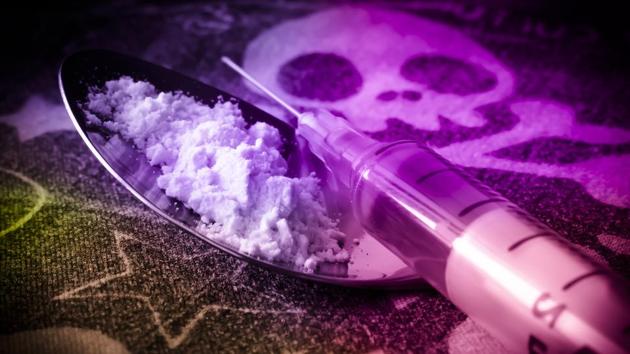Fighting drug menace in Punjab: Of fatal fumes and a smokescreen
In a park in a Chandigarh sector that houses a major hospital, a man sits on a bench through the day, almost unnoticed. All you need to do is stand next to him, no salutations required; he just needs the intent that your body language will anyway convey.
In a park close to a major hospital in Chandigarh, a man sits on a bench through the day, almost unnoticed. All you need to do is stand next to him, no salutations required; he just needs the intent that your body language will anyway convey. On some days, you may need to say the name of one of his older clients. He will get up and start walking. You will follow. He will stop somewhere and bring the stuff out of his pockets. Or, he will go up to a man or a woman, who will hand him over the stuff, which he will hand over to you. It’s only just before the handover that he will speak. A price. You cannot haggle.

This is a story recounted by a drug addict undergoing treatment at a centre in Chandigarh. Mind you, it’s Chandigarh. And that’s how easy it is here. In Punjab, it’s legendarily easier. No, I am not saying this because I watched Udta Punjab again. You don’t need to watch a movie to encounter the helplessness of the situation in the balleballe state. There are enough vacant plots and street corners — or sometimes even cars parked in busy markets — where young men, and sometimes women, are injecting themselves or inhaling the fumes off a piece of aluminium foil that they heat from underneath.
Those who survive the ecstasy end up in one of these three situations.
One, they die. Yes, as simple as that. Picture this. A portly car salesman who likes to ‘do it’ once every three days gets some ‘high-grade’ stuff one of these days. It’s not the chemically-reduced stuff from Delhi, he tells his roommate. This is the good heroin, made from stuff that comes from Afghanistan. Remember the Kabuliwala we read about in that story book? He laughs. We cry, the next morning, when he does not wake up.
Two, they land in police custody. This happens a lot these days in Punjab. After all, everyone’s up against a deadline. Now picture this. A group of cops rounds up some young men from familiar spots for questioning. Parents who live in denial enter the shock stage after a phone call. Your son is gone for at least six months, the voice at the other end says. But, wasn’t the deadline four weeks? They let him go, for now, only for the threat to hang over your head forever. It’s all very black and white in the land of chitta. The big fish swim in the grey that no one sees.
Also read | ‘Udta Punjab’ is scared of deeper reality
A third possibility is that the addicts will land in a de-addiction or rehab centre. Seems like the best case scenario. But this is where the menace unravels itself.
How will you find a government-run rehab that has psychiatrists? Or, how will you find one where doctors aren’t substituted by frustrated bouncers who see the addicts as walking-talking punching bags? A bit of beating to set the kids right, no? If you do find one that appears sensible, ask the doctors: How long will it take? Not four weeks, the doctors smirk. Much longer. There are no easy routes, and there are no permanent solutions, they say. They do not give false hope. They don’t lie from a place of authority. They’re not addressing a rally, you see.
See the problem for what it is, from the eyes of the addict. He fears death, but loves the dose more. He fears the police, but dreads the loss of his daily fix more. He wants rehab, but finds it hard to reach or tougher than it sounds. And that’s what needs work. Issuing a daily press note on the number of people arrested tells me very little. Have you cut down the supply? Great. Did that jack up prices and make the vicious circle more vicious? Don’t answer that. Calm down. Issue a press release when you have a number to flaunt about how many rehabs were opened, how many psychiatrists were hired, how many of them were trained and effective, how many patients checked in and stayed on, and how many were cured and followed up.
Don’t be in a hurry. There is, really, no point in substituting those fatal fumes with a smokescreen.
Also read | Gurdas Maan’s ‘Punjab’ a victim of its own times




-kdzB-U102101791886U6-250x250%40HT-Web.jpg)